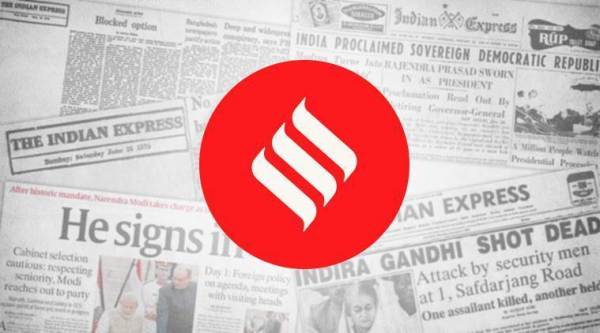 Funds must be raised and devoted to those who fall outside the safety net of government or corporate financial backing for sport.
Funds must be raised and devoted to those who fall outside the safety net of government or corporate financial backing for sport.
Amongst the losses most unaccounted for during the COVID-19 pandemic is the breaking of sporting dreams. In what was supposed to be an Olympic year where India’s fittest athletes would inspire the nation, there are heartbreaking tales of athletes at the start of their journeys having to give up on sport completely. Asian youth medallists in track and field are staring at a future where the drudgery of desperation — selling bananas on handcarts or loading crates of milk or ferrying commuters in a rickshaw — will replace their ambitions of taking off in a sand pit or breasting the finish tape to wild applause in a stadium on a glorious evening.
This was the grass roots base of the pyramid that would eventually enable India to be seen as a country with a robust sporting culture. While the government can’t be faulted for first securing training budgets for the Tokyo-bound elite athletes, other stakeholders now need to step in. Nurturing the base shouldn’t be a difficult goal for sports federations — in this case, the Athletics Federation of India — which must now rally around its runners and jumpers and throwers at the smallest district levels.
Funds must be raised and devoted to those who fall outside the safety net of government or corporate financial backing for sport. Indian sport has always drawn from the burning aspirations and ambitions of talented children from lower income groups, who see the playing field as a great leveller. They are vulnerable in crisis. Legends like Milkha Singh, PT Usha and Anju Bobby George as well as the current superstars like Hima Das, Dutee Chand and Neeraj Chopra could lend their names to fundraisers for India’s grass roots athletes. It’s also the time for federation officials — from national to state and district level — to own this responsibility and display leadership. After all, fastest, highest, strongest winners emerge from a wide base. No one wins gold running in a solitary lane.